|
12/1/2019 1 Comment What is Sciatica & how to treat it?SciaticaIs a condition referring to the sciatic nerves on the lumbar spine being affected. The sciatic nerve(pic 1.2) exits from the lumbosacral plexus. After its formation, it leaves the pelvis and enters the gluteal region via greater sciatic foramen, which then follows inferiorly to the piriformis muscles. The sciatic nerve is the largest nerve in the human body. Sciatic nerve supply(innervation)The sciatic nerve is innervated by the lumbar nerve L4 to S3 & is usually affected on the L4, L5 region as compression is caused by an increased / excessive lordotic curve of the lumbar spine(pic 1.4- anterior pelvic tilt). What causes the Sciatic nerves to be impingedThere is a variety of factors that may lead to the impingement of the sciatic nerve, which may include on or more of the following:
1. PosturePosture is a reflection of both emotional and environment that you expose yourself to, most frequently. The fascial network of our body adapts to the environment to allow us to be more efficient to what we expose our body to, thus in some cases, what "wrong posture" is on you may be helping you to play your sports more efficiently. Compensation happens throughout the body, as it is, we are asymmetrical from the placement of our visceral organs to the left & right side of us, being smaller or longer. However, if the compensation is causing you pain, then the compensation is caused by bad loading of your body's mechanics. This compensation then needs to be sorted out by selective exercise or movement(s) to encourage "optimal posture" to help with distribution of load. 2. Habitual patternOne of the more subtle things in life is our habitual patterns that we are not aware of can lead to major changes in our spine and cause the spine to have compensations all over the body, which includes the lumbar spine & the sciatic nerve(s). Pictured above, a wallet, changes the mechanics of the spine & usually is the main cause of lower back & neck pain from corporate industries. Simple fix is to get a wallet that only allows you to carry essential cards & place it in the side pocket. Less is more on this one. 3. Sedentary lifestyleSedentary lifestyle will often times lead to a compressed lumbar spine compression & the sciatic nerve. Sitting for prolonged time will not help as well, but learning when & what / how to stretch, taking your time to move the body in intervals is essential to both avoid & manage any form of compressed nerve in the lumbar region of the spine. The spine makes adjustments accordingly to your most frequent mechanics, and in the case of sitting in front of the computer, your neck starts shifting forward and may lead to a degeneration of both the lumbar and cervical(neck) spine, or, cause an impingement to either or. It is not abnormal in clinical practise to see people with their cervical & lumbar spine being compressed from siting in front of the computer too frequent for too long periods of time. Simple fix, walk around and take your coffee break, pantry break, or if you can afford to, find some time and place to stretch and get some sun for just 10-15 minutes, it will not only make your body thank you, you will be more productive! 4. CompressionWhen you are already in a "not so optimal" alignment for loading, any movement that you do onwards in resistance training will induce excessive loading to the wrong places. A simple illustration pictured above, the squat, is infamously known to cause:
1 Comment
|
Location151 A #02
Kitchener Road S(208526) Train Station: Farrer Park |
|

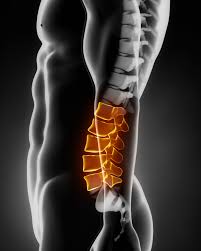
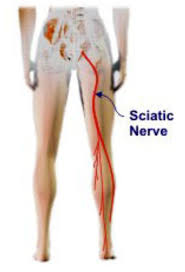
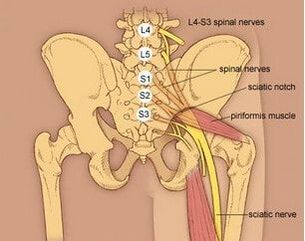
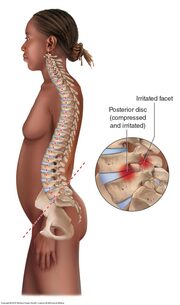
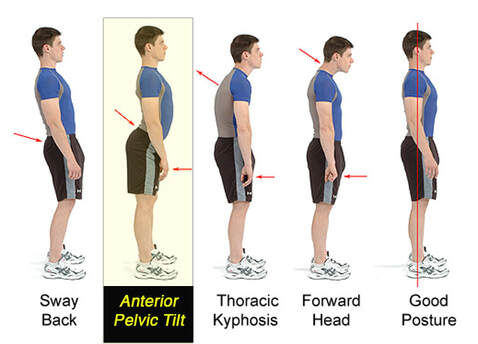
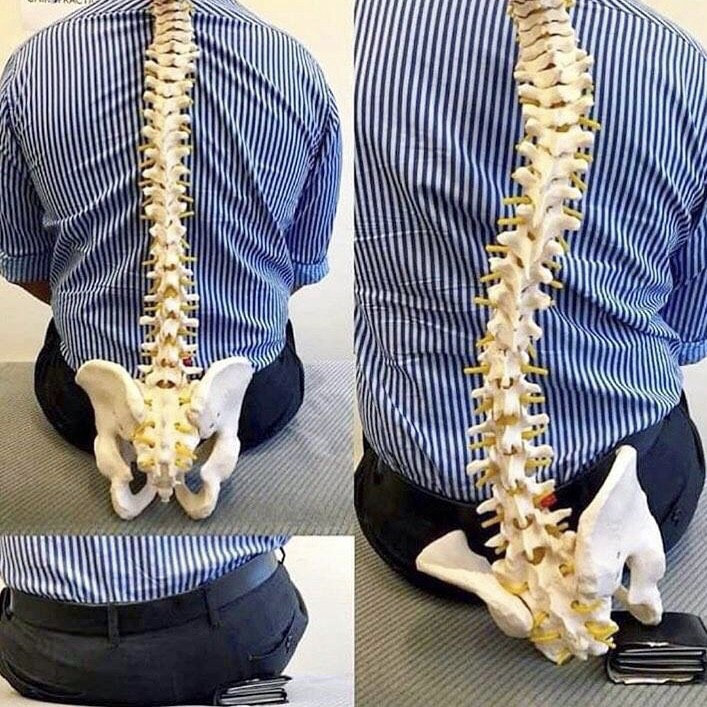
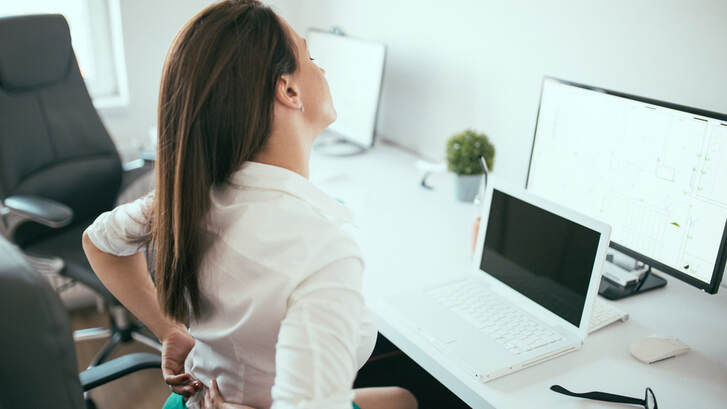
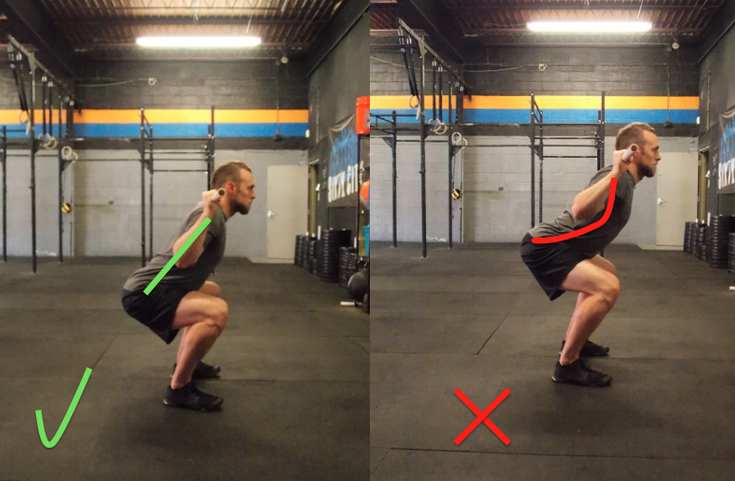
 RSS Feed
RSS Feed